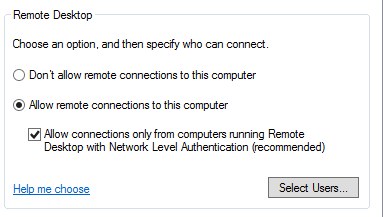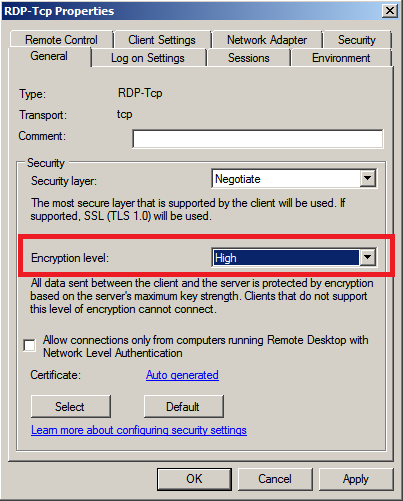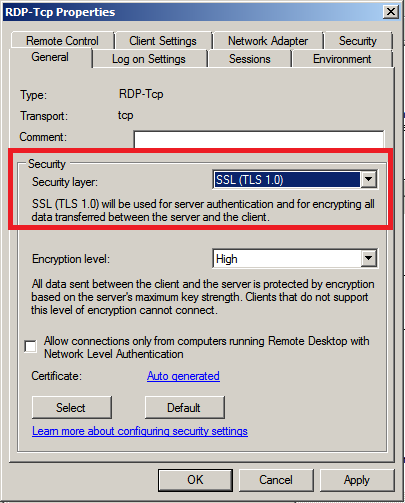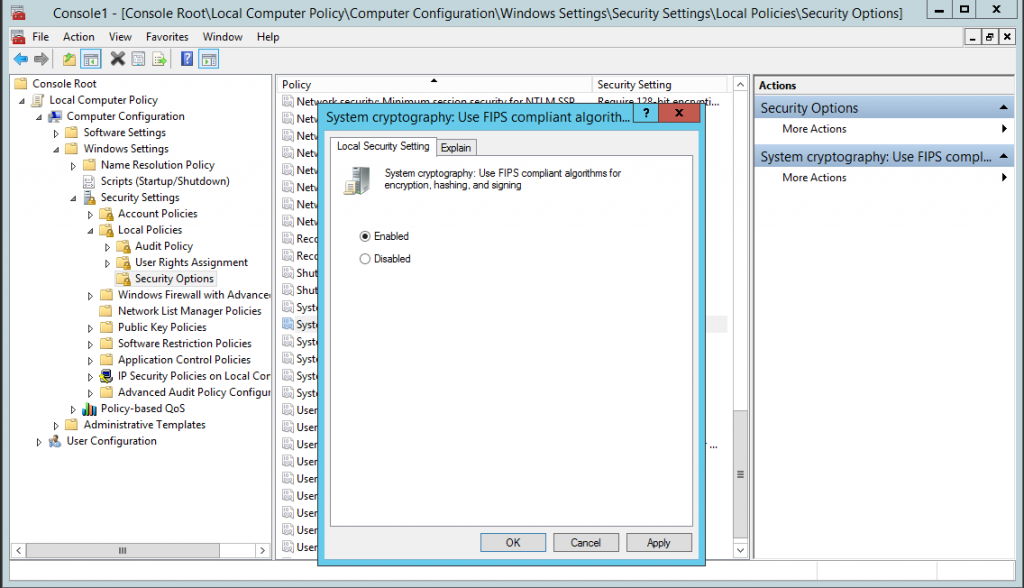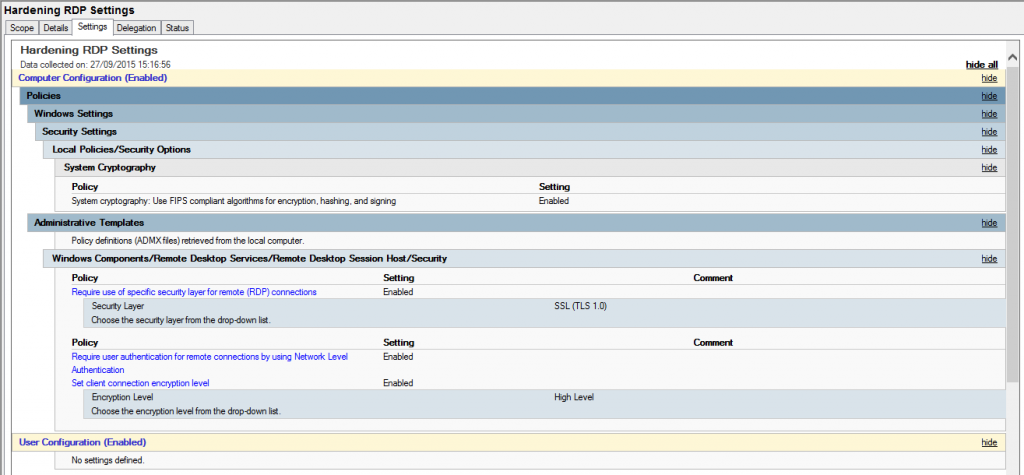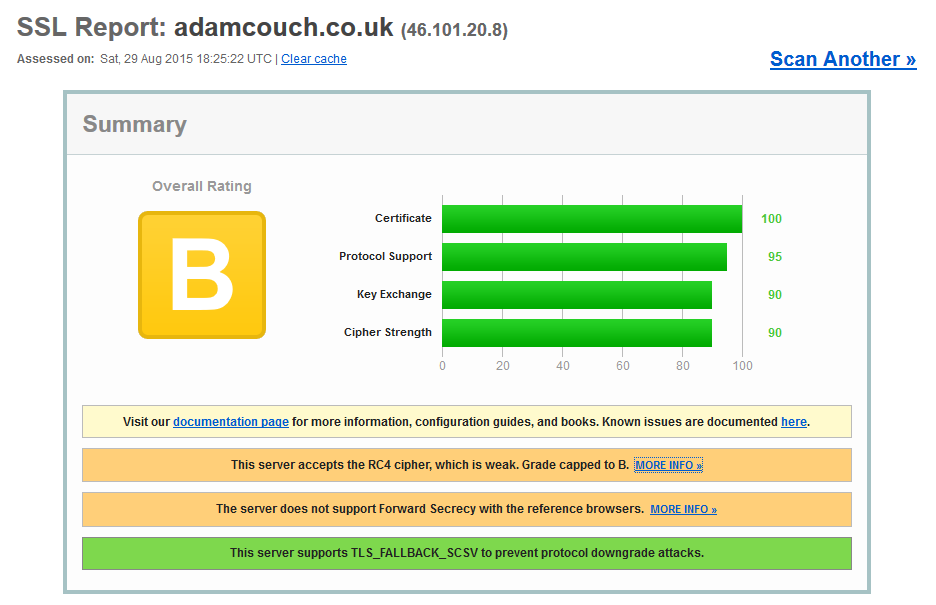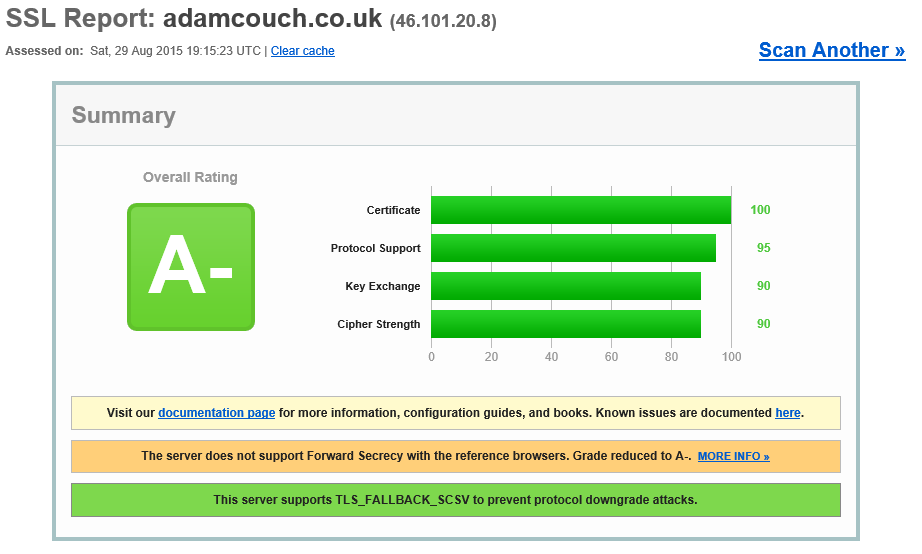Securing Remote Desktop with Certificates from your Internal CA.
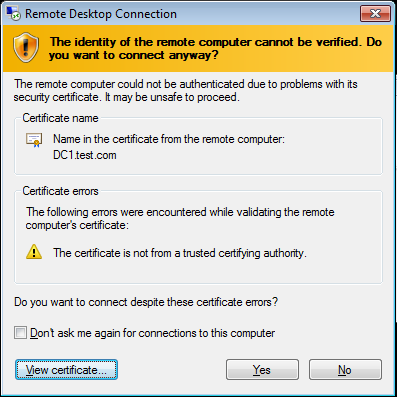
In this post I’m going to be following on from Part 1 located here, talking about further hardening the Windows Remote Desktop Protocol (RDP) with a certificate based system. The certificate is generated and signed by an internal Active Directory Certificate Authority (CA). The issue here being that you have no way of verifying the server or PC that you are trying to connect to via RDP. The machine that you are supposedly connecting to usually presents you with a certificate that is signed by itself, funnily enough known as a ‘self signed certificate’.
The Attack…
The play by an attacker here being that should they have exploited a vulnerability and been able to access your internal network (not for this discussion, however..), they could essentially respond to ARP request by modifying responses sent by an attackers machine. This is done by flooding the network with bad ARP responses, known as ARP poising, the whole attack is known as a Man In The Middle (MITM). There are many ways of carrying out a MITM attack, this just one of them. Once a MITM attack is in play and your arp cache is then poisoned you would essentially be connecting to an attackers machine. The attacker can then sniff the network traffic and all sorts of other rather bad things can happen, like stealing credentials.
A typical self signed certificate presented through RDP looks like the picture above, and clearly states the certificate is not from a trusted certificate authority. If your PC can trust the certificate that is presented by the machine you are connecting too, through the use of a bonafide signed certificate from your internal CA you would know whether or not the machine you are connecting to is genuine. More importantly, through the use of Group Policy you can specify that you are not able to connect to it unless you trust it. Thus preventing any bad MITM rdp sessions.
How do we fix it…
Carlos Perez has written up an excellent ‘how to’ guide from start to finish on how to setup this up. He walks through the certificate templates required for the RDP service. Also setting up group policy to deploy the certificate. This is a great guide so I’m not going to re-regurgitate his excellent work going through all the various screen shots, you can view it here at http://www.darkoperator.com/blog/2015/3/26/rdp-tls-certificate-deployment-using-gpo .

 This week sees a new vulnerability in SSLv2 and TLS. The ‘Drown’ vulnerability standing for “Decrypting RSA using Obsolete and Weakened eNcryption”, this is already sounds pretty harrowing to anyway in the security field, anything with RSA decryption and weakened encryption you know is not going to be good. Matthew Green does a great job in explaining all about this so I won’t attempt to regurgitate his excellent explanation, other than to highlight the issue and to say this doesn’t look good at all and I encourage you to read his blog and take note of this vulnerability:
This week sees a new vulnerability in SSLv2 and TLS. The ‘Drown’ vulnerability standing for “Decrypting RSA using Obsolete and Weakened eNcryption”, this is already sounds pretty harrowing to anyway in the security field, anything with RSA decryption and weakened encryption you know is not going to be good. Matthew Green does a great job in explaining all about this so I won’t attempt to regurgitate his excellent explanation, other than to highlight the issue and to say this doesn’t look good at all and I encourage you to read his blog and take note of this vulnerability: